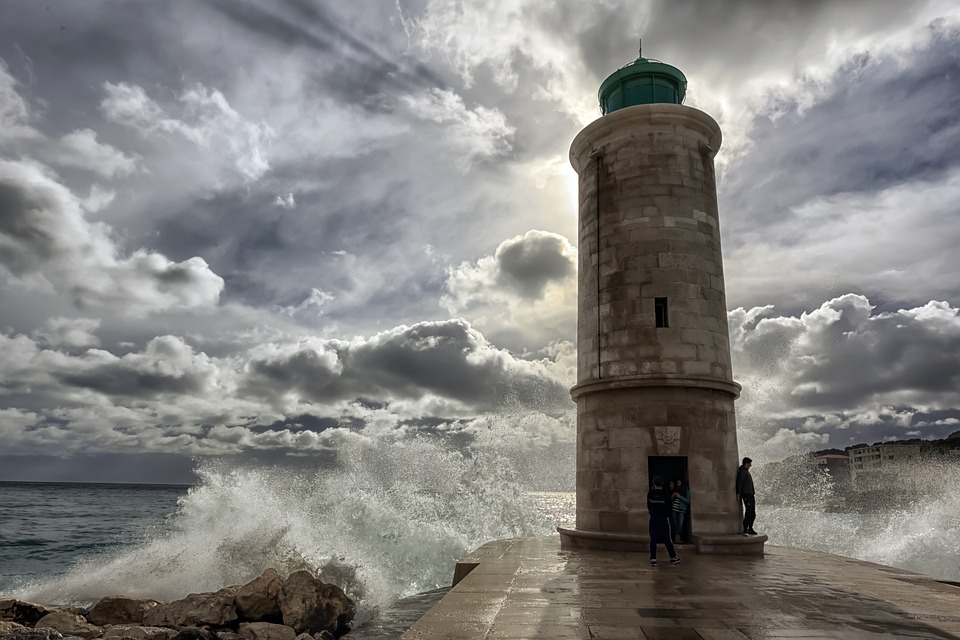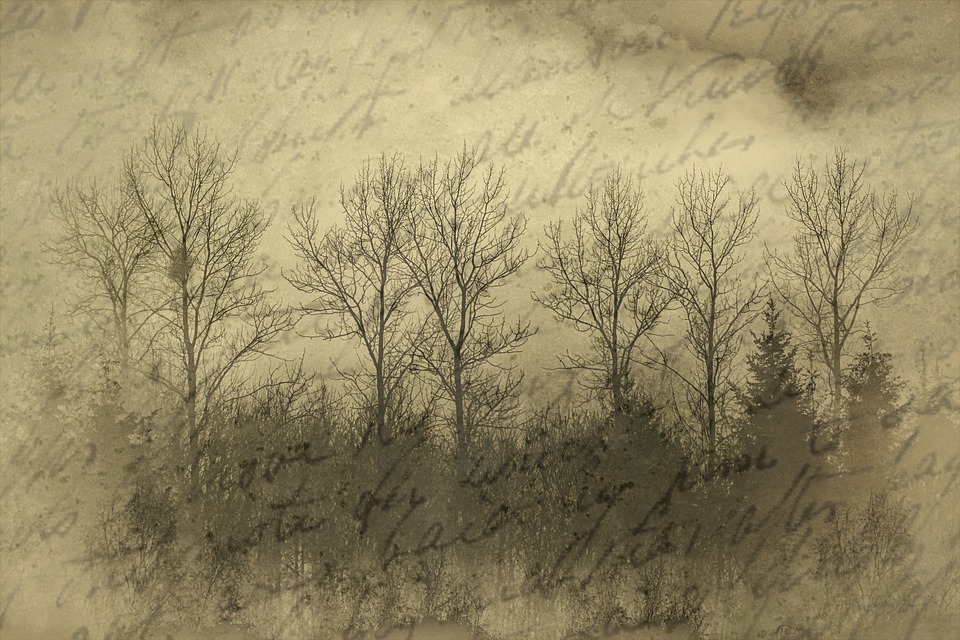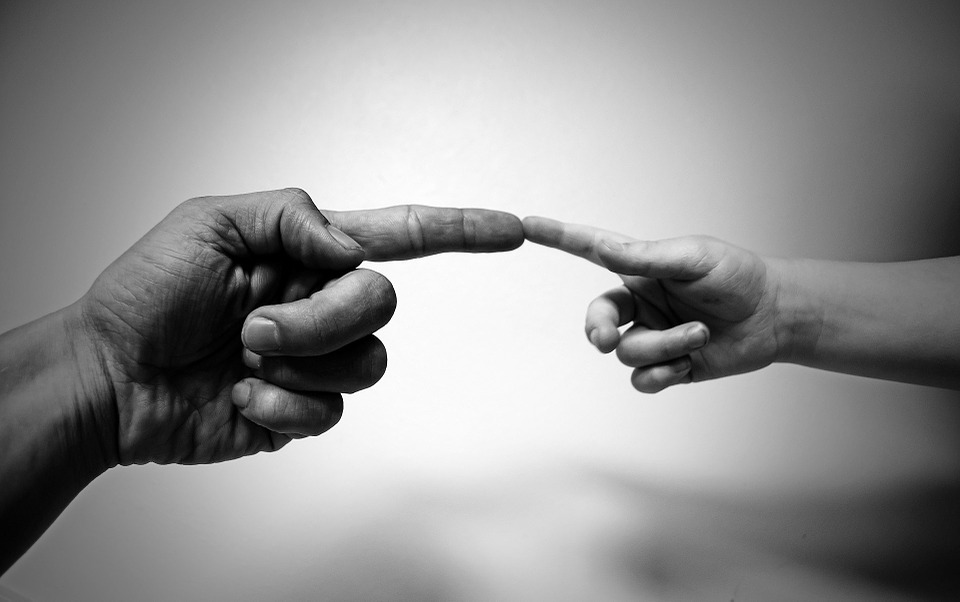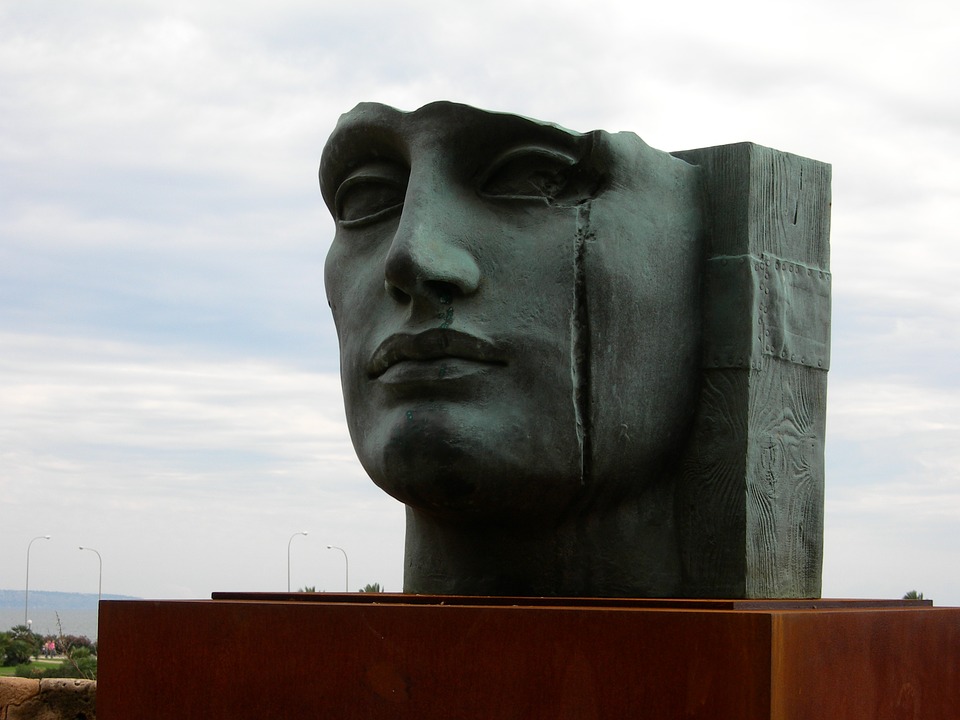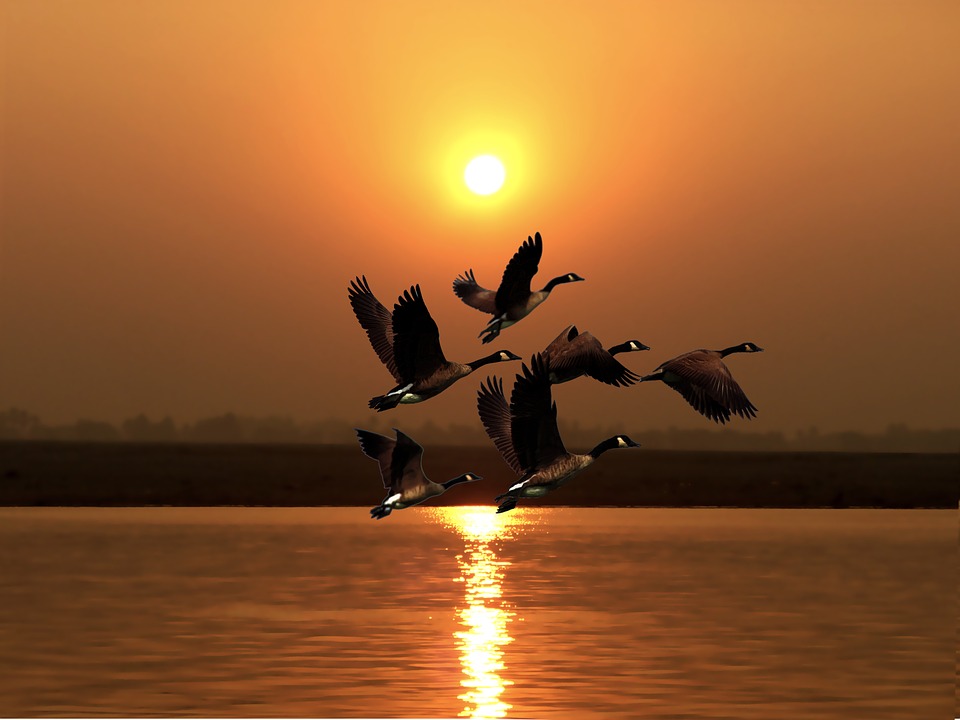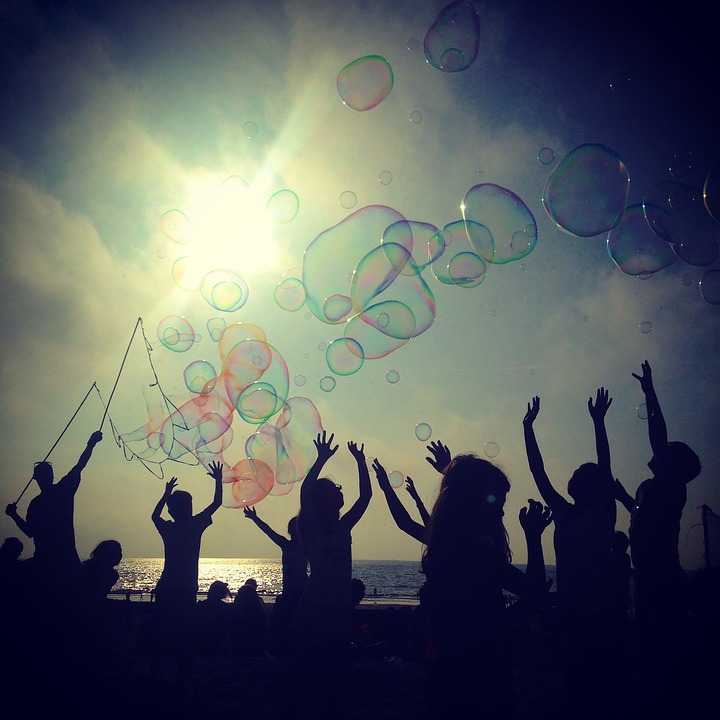This week I had an interview with SOEKlig [Search light – by Blackhole Productions] for their mini-documentary series on current affairs that affects South Africans. The camera and the questions mainly focused on my research re. embodiment (making meaning from the body) and then towards the end, on my thoughts re. the recent judgement of the high court against the Dutch Reformed Church vs. Laurie Gaum and others and how it affects me personally…
To answer this, I had to revisit emotions deeply felt in my body years ago ~ the sadness of not being able to be ordained in the church as a person who is also gay; the confusion and havoc of relationships breaking apart; struggling to find a new career; the joy and absolute relief when I read the words of James Nelson for the first time – “simply accept the fact that you are accepted as a sexual person. If that happens to you, you experience grace.” Little did I know then what these words would set in motion – searching, loving, travelling, studying – culminating two decades later in intensive interdisciplinary research on the body, narrative therapy, theology and meaning-making.
But I’ve always carried along a deep sense of loss. I don’t know if there’s a polite way to put this Afrikaans lay expression into English – a mother with a wooden teat [soos ‘n moeder met ‘n houttiet] – to have a mother that does not provide any nourishment or intimacy. So listening to the news of the high court victory against the Dutch Reformed Church brought me no relief, no yearning to return. Too much time has passed, too much turmoil. I’m happy for a new generation of ministers who are gay and in relationships, and I’m especially encouraged that the court touched upon the dilemma of freedom of religion and protecting the rights of marginalised communities – but no. No return. I’ve made too much new meaning at too high a cost with this body I have and this body I am.
Also see: www.blackholeproductions.co.za and SOEKlig on Facebook
